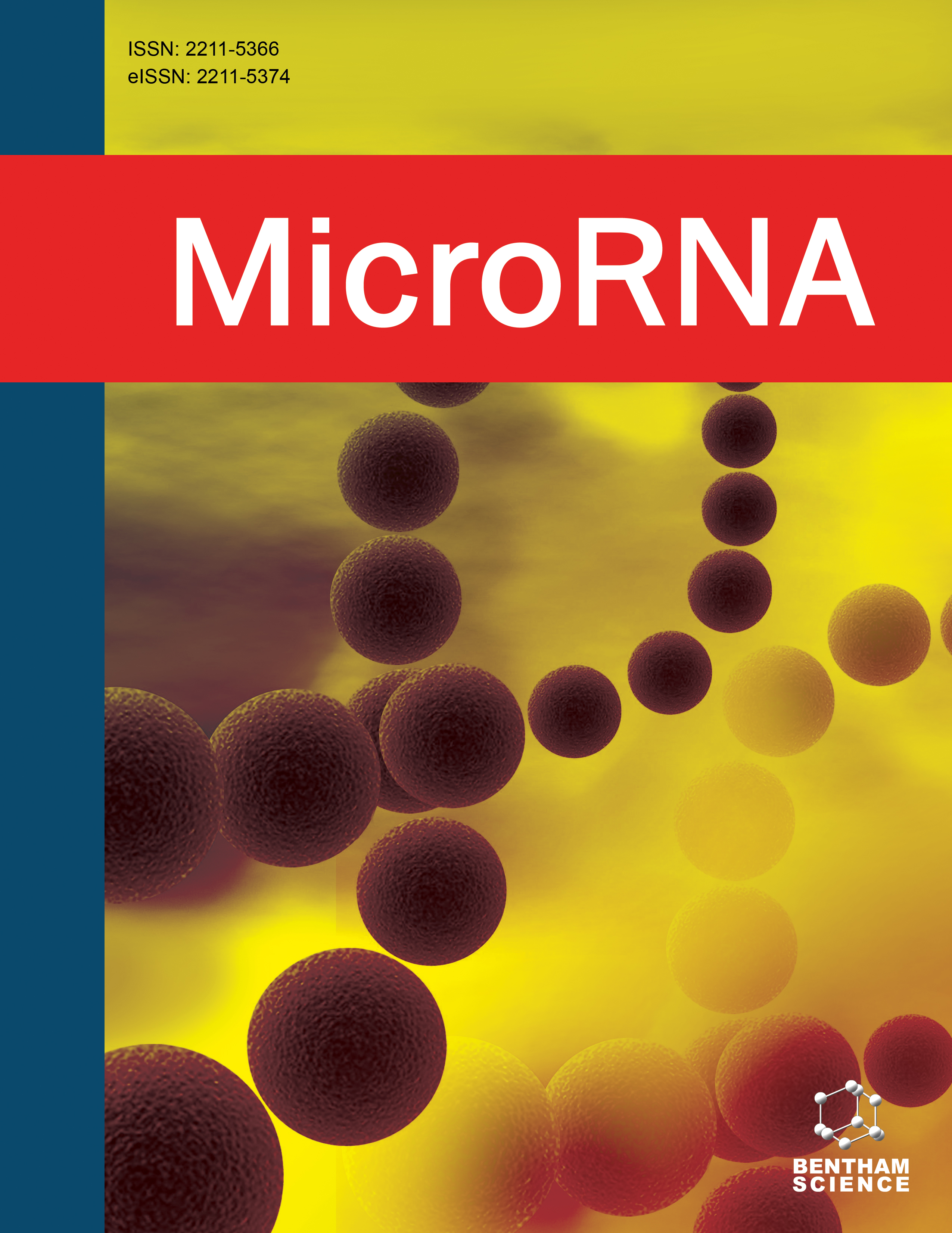
Full text loading...
We use cookies to track usage and preferences.I Understand
Lung cancer has a high mortality rate among cancers in both women and men. Currently, lung cáncer diagnosis is made with clinical examination, low-dose CT scan and molecular-based methods and its treatment options include chemotherapy, surgery, radiotherapy or immunotherapy. However, the life expectancy of lung cancer is not very high, and still it is usually diagnosed very lately, which leads to poorer prognosis. MicroRNAs [miRNAs] are small noncoding RNAs that regulate many diverse activities in the cell that can affect tumorigenesis by regulating many cell functions related to cancer, such as cell cycle, metastasis, angiogenesis, metabolism, and apoptosis. Also, it can have a potential diagnostic, therapeutic, and prognostic value for lung cancer. MiR320a is a promising microRNA that may help us in the diagnosis, treatment and prognosis of lung cancer, but some aspects of its clinical application are still vague, especially its effect on heavy smokers, delivery mechanism, toxicity and lack of reliable critical value. In this paper, we examined its comprehensive molecular interactions that lead to its tumor suppressor effect, and we reviewed its clinical application until now.

Article metrics loading...

Full text loading...
References


Data & Media loading...

